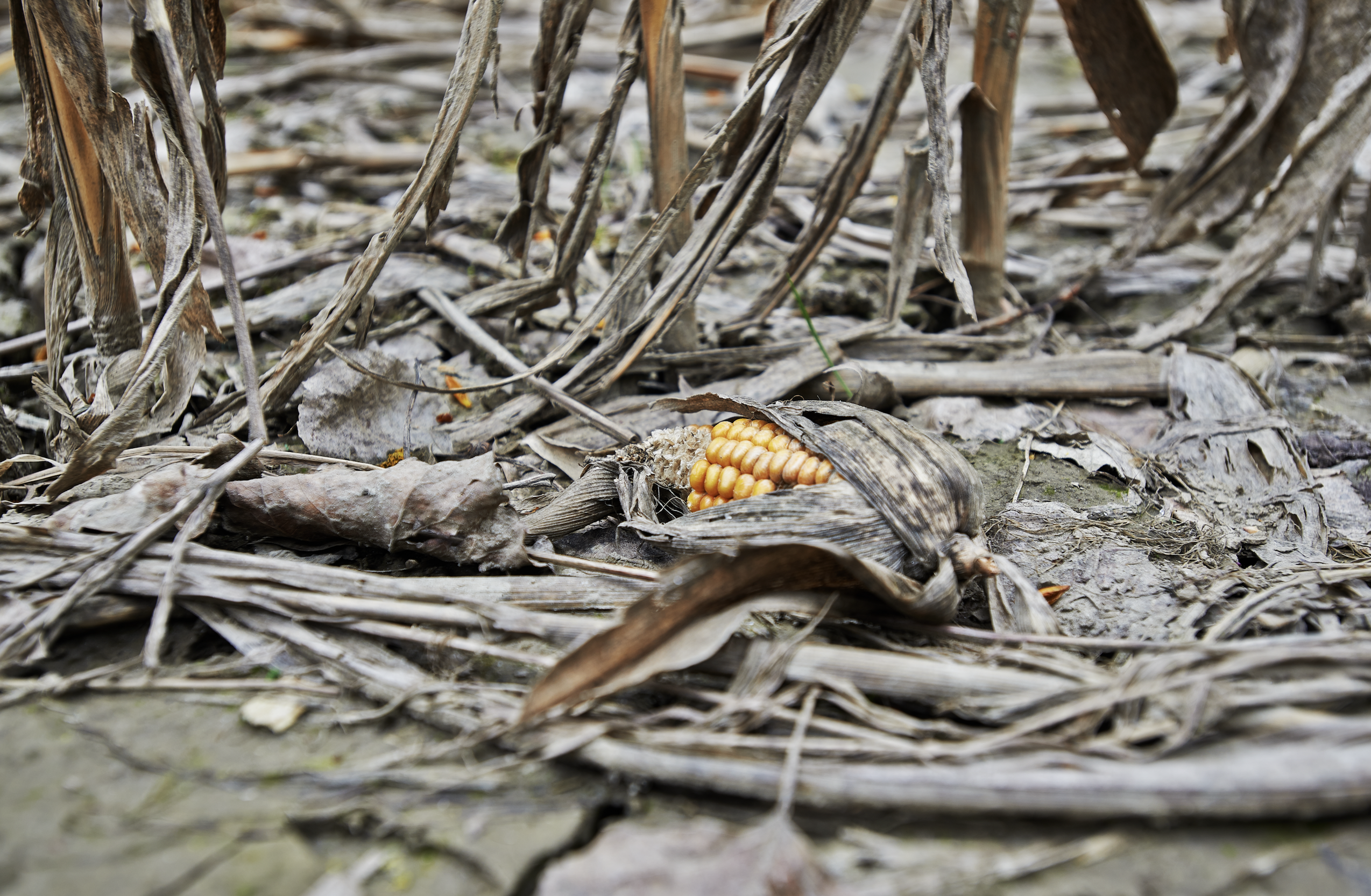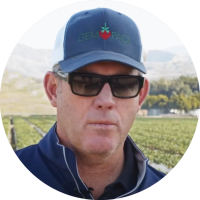
What The Crop Are We Doing?
The United States has experienced a significant increase in population over the past few decades. With this increase, there has been a corresponding loss of farmland. This trend has important implications for our people in terms of food security, environmental sustainability, and economic stability.
According to the U.S. Census Bureau, the population of the United States has increased by over 22 million people since the year 2000. This increase in population has put pressure on the available land resources, leading to the loss of farmland. According to the American Farmland Trust, the United States is losing 2 acres of farmland every minute. This translates to an estimated 175 acres of farmland being lost every hour, or over 1.5 million acres per year.
The loss of farmland is a significant concern for our food security. Farmland is the foundation of our agricultural system, and it is necessary for producing the crops and livestock that feed our population. As the population grows, the demand for food increases, and we need more farmland to meet this demand. However, with the loss of farmland, we are not able to keep up with the demand for food, leading to food shortages and rising food prices.
In addition to the impact on food security, the loss of farmland has important environmental implications. Farmland is an essential component of our ecosystem, providing habitat for wildlife and helping to maintain soil health and water quality. The loss of farmland can lead to habitat destruction, soil erosion, and water pollution, which can have serious consequences for our environment.
The loss of farmland also has significant economic consequences. Agriculture is a major industry in the United States, and the loss of farmland can lead to a decline in agricultural production and a loss of jobs. The loss of farmland can also lead to a decline in property values, as farmland is often valued for its agricultural potential.
To address the loss of farmland, it is essential to take action to protect and preserve our farmland resources. This can include policies that encourage conservation, such as land use regulations and tax incentives for farmers who preserve their land. It can also involve investing in sustainable agriculture practices, such as crop rotation and conservation tillage, which can help maintain soil health and reduce the need for farmland expansion.
In conclusion, the loss of farmland in the United States is a serious concern, and it has important implications for our food security, environmental sustainability, and economic stability. It is essential that we take action to protect and preserve our farmland resources so that we can continue to feed our growing population and maintain a healthy and sustainable environment.











